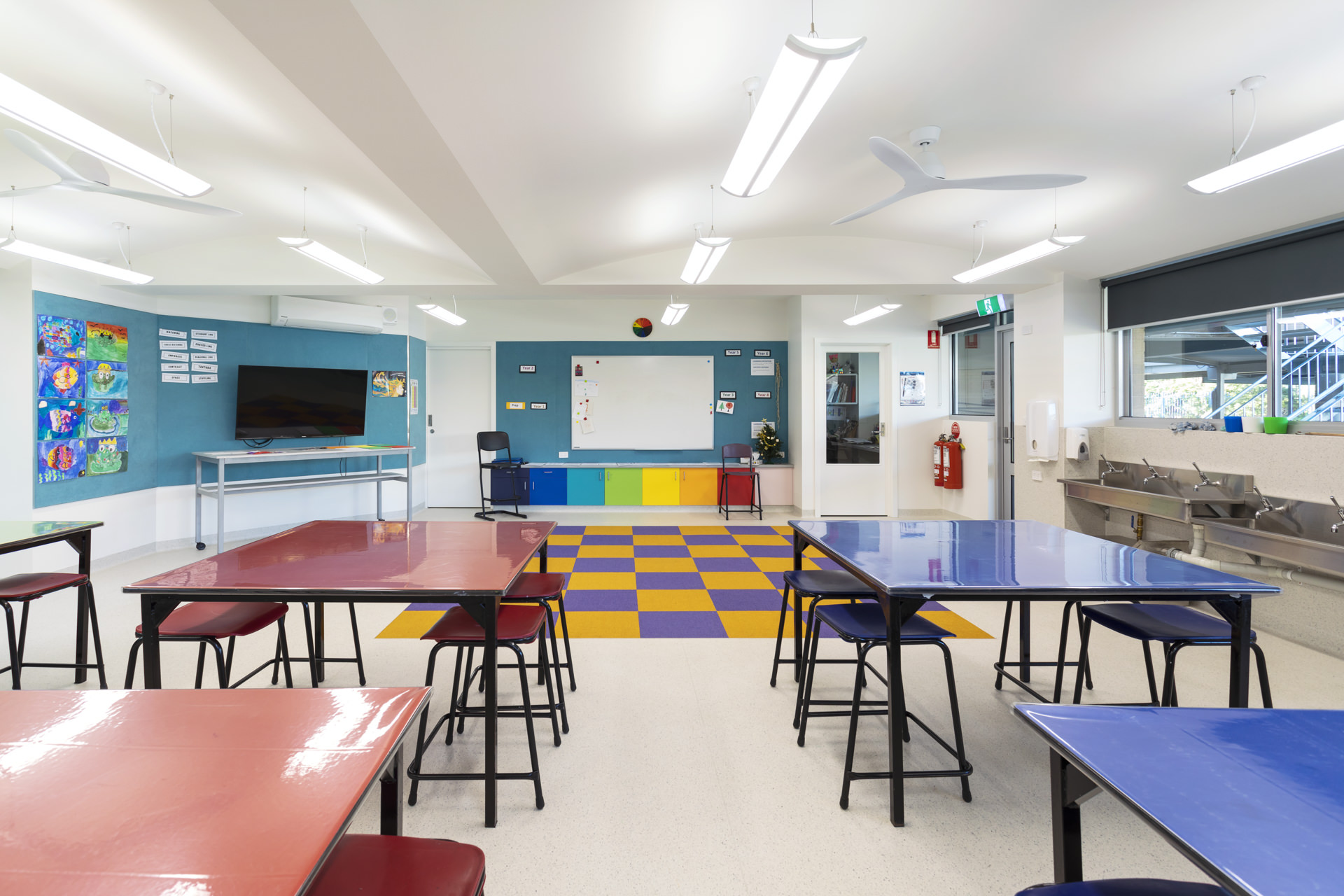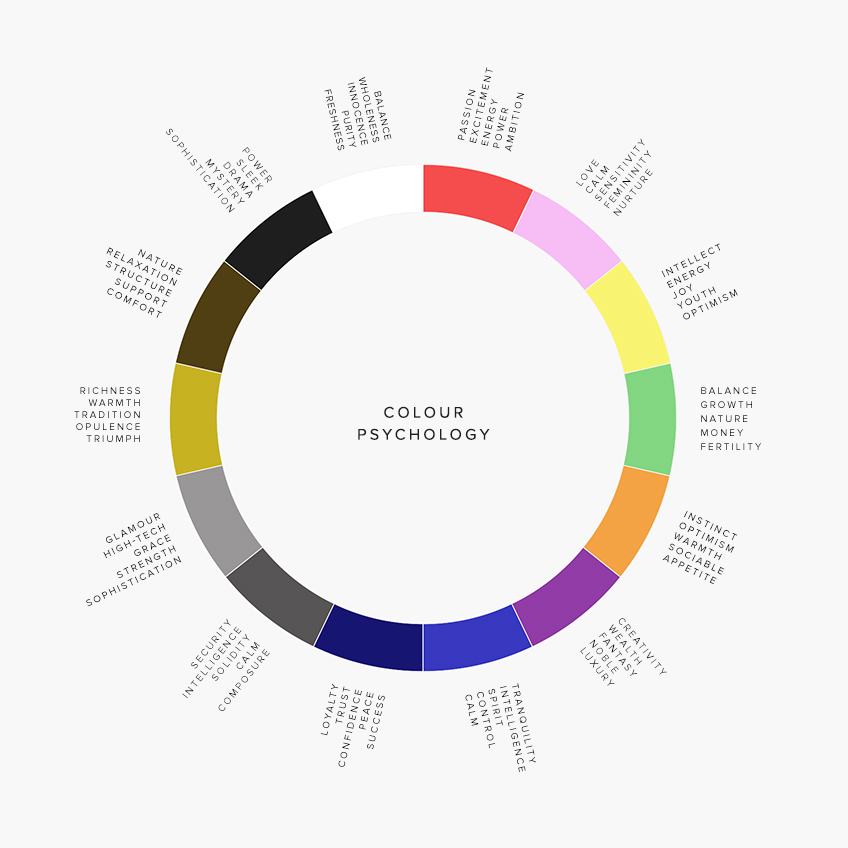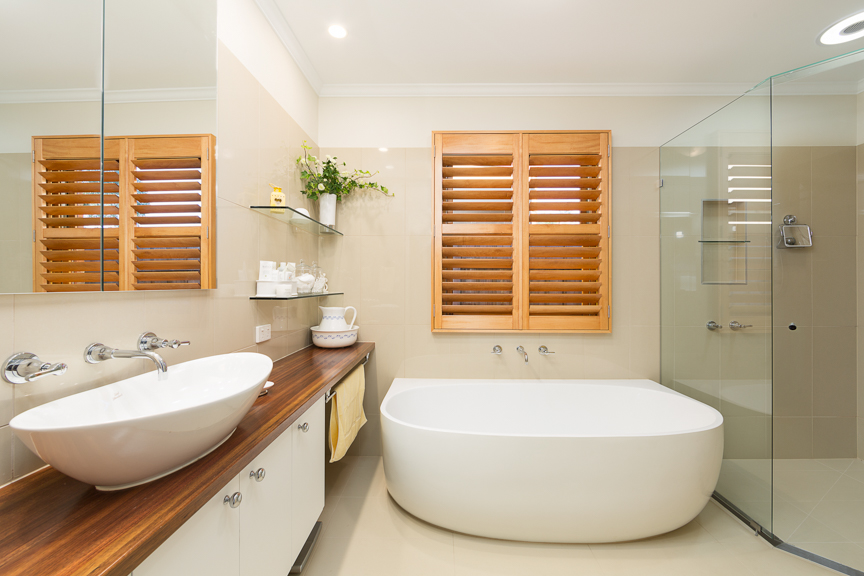

The colours in our environment have impacts on how we feel and think. Knowing this, it is an important element to keep in mind when consulting with a client and getting a feel for their needs, wants, and lifestyle. Whilst a key element in the aesthetics of a design or home, utilising colour has a deeper, psychological influence and the ability to generate an emotional response, and therefore needs to be treated with care and understanding in order to design a space that promotes wellbeing and enjoyment for the user. Inappropriate or thoughtless use of colour can create spaces which feel off or end up unused.
A combination of biological, psychological, and social factors influences the ways that colours can impact us. Despite vastly different cultures and associations worldwide, studies show that many emotional responses to colours are both international and evolutionary. However, each individual’s response to colour can be impacted by their personal associations and experiences. Someone who grew up in a colourful home may be fonder of vibrancy and bold colours than the average person. The way colour impacts us also goes beyond an emotional response. Studies using blindfolded participants show us that colours also have the ability to impact us biologically, with red increasing heart rate and blue decreasing it, really driving home the significance and influence they have.
Colour is the first thing the brain perceives when entering any space and is registered by the same part of the brain which handles emotional response. Because of this it is able to subconsciously trigger emotions and therefore have the ability to set the atmosphere or feel of a room. For example, we know that the colour red triggers appetite, and as a consequence we are often bombarded with the shade in the majority of fast-food restaurants. Similarly, a more novel example is the colour ‘Baked-Miller’ pink, which is thought to decrease physical strength and aggression, leading to its use in various prisons and holding cells with reported success. Warm tones of reds, oranges, and yellows are thought to create more comfortable, welcoming spaces whilst cool toned hues can be used to promote tranquillity. Understanding the implications of a range of colours is the first step in using colour to support the function of a space. In relaxed spaces such as bedrooms, perhaps avoiding vibrant, high-saturation colours is key to creating a serene environment for sleeping, whilst entertaining spaces could use exciting and bold colours to increase enthusiasm and energy.
Thoughtful use of colour can change how a space is interpreted. Utilising illusions created by the way light bounces around a space or clever handling of light tones versus dark tones allows the designer to alter how the size and shape of a space is perceived. We are able to make small spaces feel large, and large spaces feel cosy and intimate by first understanding how colour impacts how light moves around a space.
In recent decades, the move towards all-white walls and ceilings has become the default for interior design. This may be due to a reaction to the previous era of high contrast, patterned and colourful trends seen in the 70s through to 2000s, but more likely that the increase in popularity of rentals and renting have forced the hand of many designers. The use of all-white is also beneficial as far as bouncing lots of light around a room and making spaces look bigger.
In the same way someone may be drawn to the use of colour in their home due to its impacts, many stray away instead opting for white or neutral shades in order to avoid these consequences. Many living in intensely coloured spaces report the maddening effects and feelings of being overwhelmed or manic. A good relationship with the client and full understanding of their preferences and lifestyle is extremely important when opting for a colourful house, however in the right circumstances the results can be beautifully personalised and beneficial for the wellbeing of the user.
Madison Palmer, 13th April 2021





